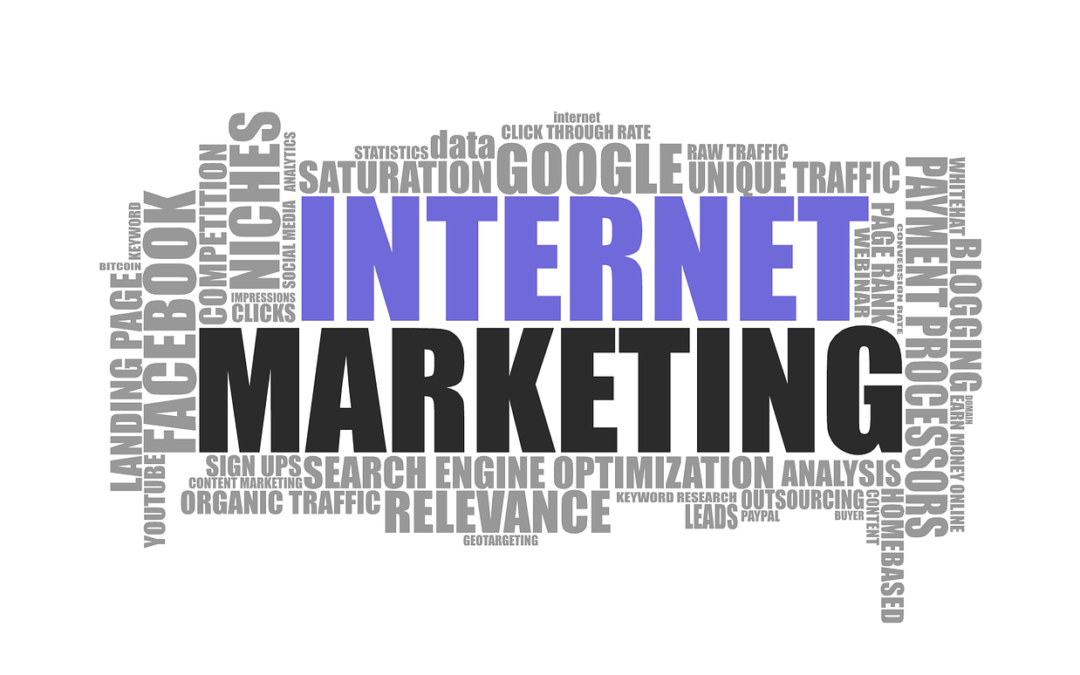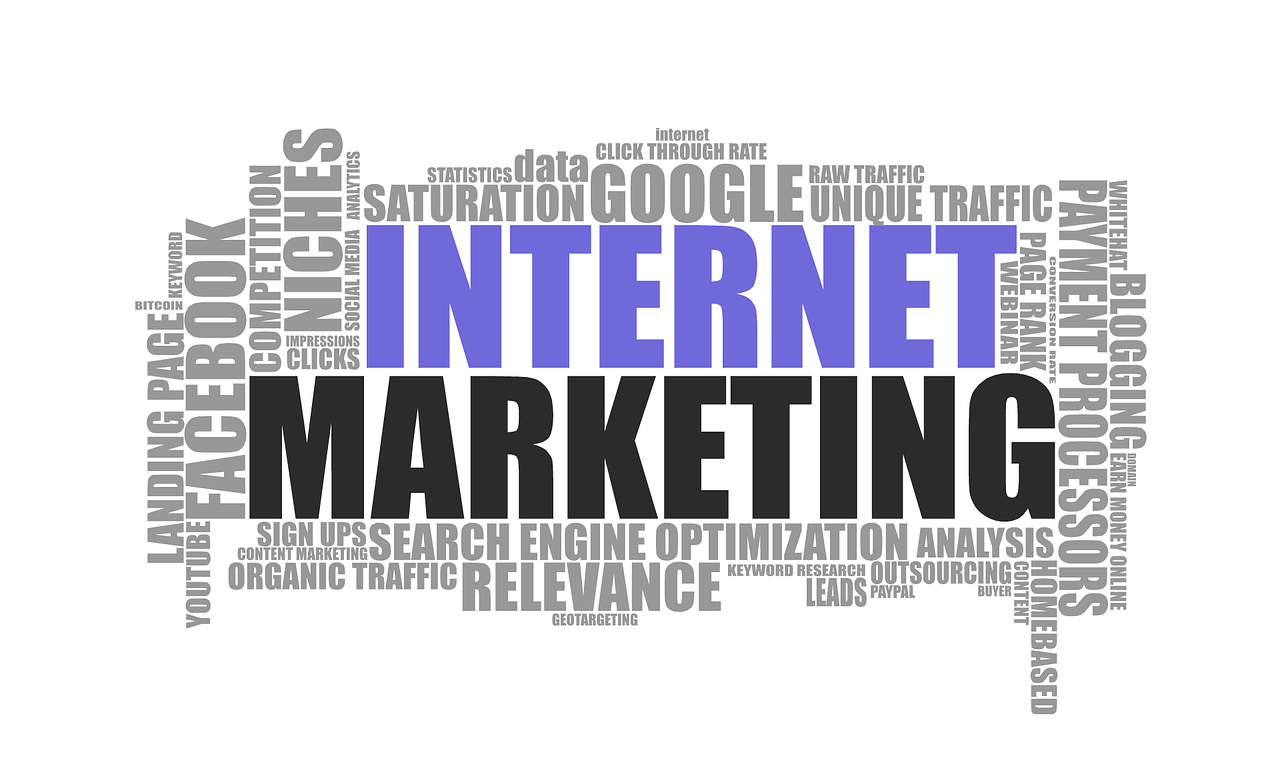How To Market An Online Business In 5 Easy Steps!
Do you have an online business but don’t know how to market it? Follow these 5 easy steps on how to market an online business and see your business grow.
Hi Trish Davies here and today I want to carry on the marketing theme as discussed in previous posts. Specifically I want to share 5 strategies on how to market an online business.
Marketing is one of the most challenging tasks for new business owners. With so many businesses competing for customers’ attention, it’s easy to get overwhelmed. Also to like your marketing efforts aren’t reaching as many people as you’d like.
Sounds daunting? It can be but marketing your business doesn’t need to be scary or stressful. When you have a solid plan in place and understand your target audience, the process becomes much less intimidating.
Marketing is an essential part of growing any business. If you don’t market your company, no one will ever know about it, right? Well thankfully that isn’t the case!
There are plenty of amazing resources out there to help guide you through the ins and outs of marketing your business online.
How To Market An Online Business – What is Marketing?
Marketing is the process of promoting your business to bring in new customers and generate revenue. It’s an essential part of every small business, because if you don’t market your company, no one will ever know about it, right?
Marketing is an umbrella term that covers many different disciplines, including advertising, branding, sales, public relations, and customer service.
It’s the process of getting your product in front of potential customers. Then they can see the value in what you’re offering and make a purchase decision. Done well, your marketing efforts can drive increased sales, boost customer loyalty, and attract new leads.
Why Is Marketing Important For Small Businesses?
In short, because it helps you connect with potential customers and drive sales. The most important part of marketing is understanding your target audience and what problem you’re solving for them.
Without a clearly defined marketing strategy and a thorough understanding of your customer, your business won’t be able to reach as many people as possible. A successful marketing strategy connects with your customers and encourages them to buy your products or use your services.
In order to do this, you have to know who you’re marketing to and understand their pain points and desires. When you know and understand your customers, you can provide them with the solutions they need, which can lead to increased sales.
This can be done in many different ways:
- Creating a blog and posting helpful content related to your business – Hosting events and creating educational seminars
- Distributing social media content (posting on Instagram and Facebook groups, etc.)
- Email marketing
- Hosting webinars
- Partnering with other businesses in your industry
- Creating a product or service that solves a problem for your target audience
eMarketing In A Nutshell
eMarketing is the marketing of products or services using computer networks (e.g. the Internet), often via e-commerce and sometimes via mobile devices. It is also the name given to the practice of managing all aspects of an online business. This includes business strategy, marketing, and customer relations.
Electronic marketing, or e-marketing, is the process of marketing products or services using electronic channels. It encompasses a wide range of activities that depend on the use of computers, including the Internet, mobile phones, email, and wireless systems.
Step 1: Creating Your Marketing Strategy
At the heart of every marketing campaign is a solid marketing strategy. Without a strategy, you’ll struggle to create a cohesive marketing approach that resonates with your customers and drives sales.
A marketing strategy is a plan for how you’re going to reach your target audience and communicate the value of your business.
There are two basic types of marketing strategies: push marketing and pull marketing.
Push marketing strategies are when you push your message out to as many people as possible in hopes of attracting customers. Push marketing strategies include things like mass media advertising, public relations events, and paid social media posts.
However push marketing strategies aren’t always effective. Sometimes your target audience isn’t ready to buy what you’re selling, or they just aren’t ready to be reached by you yet.
That’s where pull marketing strategies come in. Pull marketing strategies are all about bringing customers to you by creating an irresistible offer that they can’t refuse.
Pull marketing is a lot more effective than push marketing because you’re only reaching people who are ready to buy from you.
Step 2: Defining Your Audience
Before you can create an effective marketing strategy, you must first understand your audience. Understanding your target audience is crucial to any marketing campaign and is the first step in creating marketing materials that resonate.
Start by creating a demographic profile of your customers. This is a high-level overview of your typical customer. For example –
- Are they mostly men or women?
- What is their age range? Are they married?
- What is their level of education?
- Are they employed?
Once you have a general idea of who your customers are, you can dig a bit deeper.
- How does your product or service solve their problem?
- What are their pain points?
- What are their desires?
When you have this information, you can start creating marketing materials that really resonate with your audience.
Step 3: Choosing The Right Platform(s)
Before you even think about creating content and promoting it, you must first decide what platform(s) you’re going to promote it on. This means choosing a social media platform, a blogging platform, and a paid advertising platform.
Depending on the type of business you have, one platform may be better than the other. For example, if you’re in the health or fitness industry, Instagram is a great platform for you to use because it’s visual.
On the other hand, if you have a B2B product and service, LinkedIn is a better platform for you to use because it’s more business friendly.
There is no one-size-fits-all platform for marketing your company, but there are a few things you should keep in mind when deciding which platforms to use:
Your resources:
- How much time and money do you have to invest in creating and promoting content?
- Which platform(s) allow you to reach your target audience the best?
Your product(s) or service(s):
- What is the main benefit of your product/service?
- Is there a platform where you could highlight this benefit best?
Customer preferences:
- Does your target audience use a specific platform more than others?
- Are there any platform-specific best practices you should follow?
Step 4: Creating Blog Content That Drives Sales
Blogs are an excellent marketing tool for businesses of all types and sizes. Blogs are a fantastic way to generate leads and increase the trustworthiness of your brand. If you want to reap the benefits of blogging for your business, you need to approach it with a plan.
A blogging strategy is important because it helps you to focus your blogging efforts and create a schedule for your readers to follow. Without a blogging strategy, your blog posts will be all over the place, with no real focus on what you’re trying to achieve.
Blogging is a process, and each phase builds upon the last. You can’t just start writing blog posts and expect people to magically show up at your doorstep. There are a few steps you must take before you can see real results from your blogging efforts:
Create a plan:
- What do you want to achieve with your blog?
- Define the type of content are you going to create
- What are the main topics you want to cover?
- What is your blogging schedule?
Step 5: Paid Advertising
Paid advertising is a great way to boost your visibility on search engines like Google and bring more customers to your business. Paid advertising can take the form of social media ad campaigns, Google paid search, or sponsored posts through blogging networks.
Social media advertising platforms like Facebook and Instagram allow you to create ads that appear in their users’ newsfeed. On Facebook, for instance, you can create ads that appear in the newsfeeds of people who fit your target audience profile.
Google paid search lets you place ads atop Google search engine results pages (SERPs), which means that your ads appear above the organic search results.
Blogging networks like Share Worthy and Outbound host sponsored posts that appear on blogs across the internet.
How To Market An Online Business – Summing Up
I have shared a lot of strategies and tips on how to market an online business. My advice is to focus on one specific strategy and then master it before moving onto another.
Trish Davies
Trish Davies International




Recent Comments